We Need To Break Through Barriers To Healthcare Access
AND WE’LL DO THIS BY PUTTING A HEALTHCARE FACILITY WHERE THERE CURRENTLY ISN’T ONE.
WHY DO WE NEED TO BUILD A HOSPITAL?
Healthcare is written into Guatemala’s Constitution as a right guaranteed to every citizen; however, most are unable to exercise that right as the national healthcare system is severely underfunded and unable to cover a significant portion of the population, particularly those living in rural areas.
Over 70% of the nation’s doctors are concentrated in metropolitan hubs, leaving rural residents to make long, complicated, and often expensive trips to access care. And tertiary care is often not a free social service, as many would believe a national system should provide it.
Despite being the largest economy in Central America…
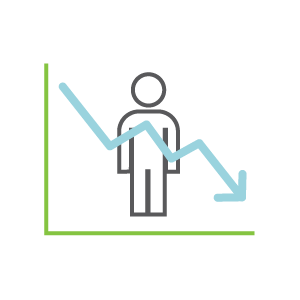
Guatemala has the lowest human development index in Central America.
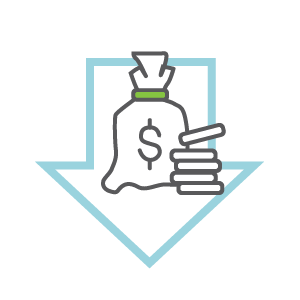
Healthcare expenditures in Guatemala are the lowest in Central America.

One-third of Guatemala’s population lacks access to basic health and nutrition services.
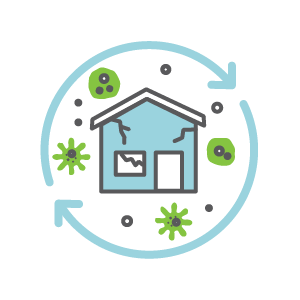
Nearly 1.5 million Guatemalans live in homes made from scavenged materials and dirt floors, perpetuating a cycle of poor health.
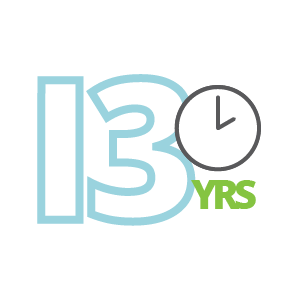
An indigenous person in Guatemala has a life expectancy of 13 fewer years than a non-indigenous one.

The maternal mortality rate is double among Indigenous mothers throughout Guatemala.

Guatemala’s healthcare expenditure is half the global average.
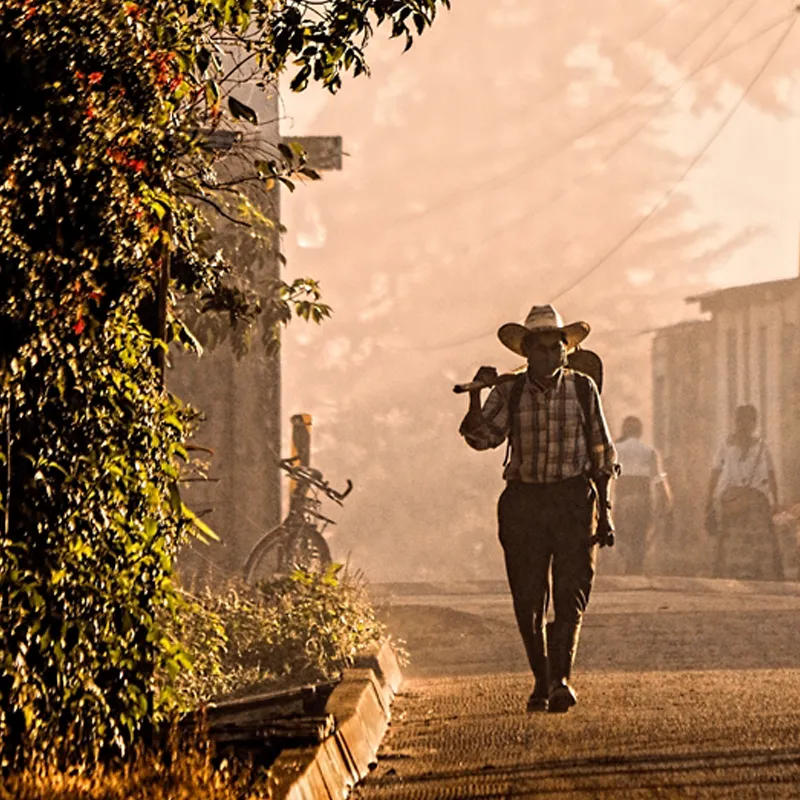
Surgical patients often have to pay for testing, medications, food for overnight stays, and perhaps even supplies such as gloves and sutures for their surgical teams.

A child with severe asthma is more likely to go untreated and stay home from school to mitigate the risk of an attack.
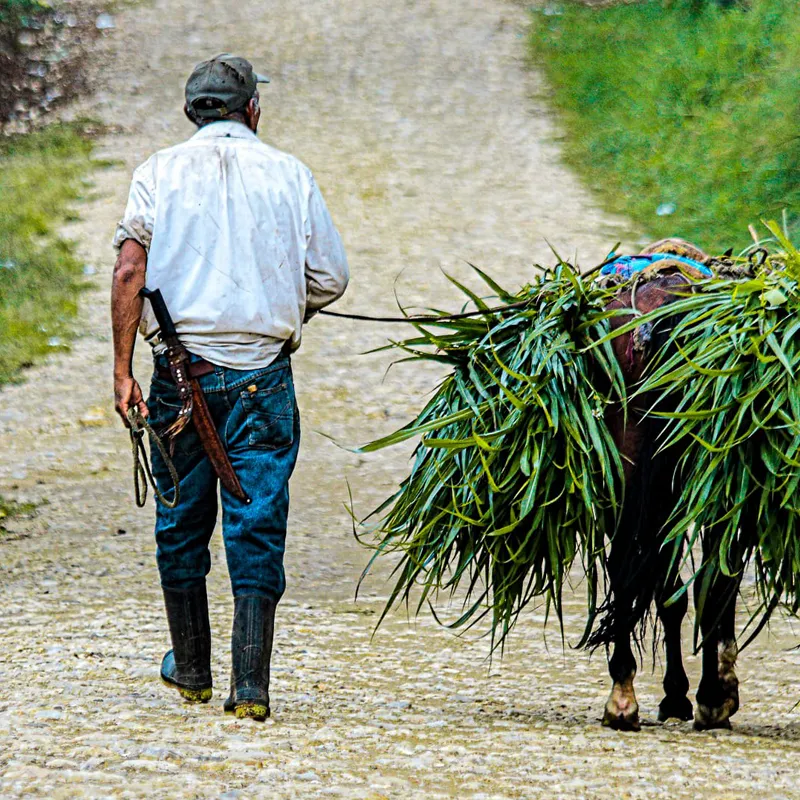
A farmer can’t afford the time and expense required to fix his hernia and soon is unable to provide for his family.
BARRIERS TO HEALTHCARE ACCESS
The four most common barriers to healthcare access are social factors most people spend a lifetime battling.
Our mission is to empower communities to break through these barriers and take charge of their health.
ETHNICITY
Indigenous populations live in rural areas, making it difficult to access government health systems centralized in metropolitan cities. This leaves most rural residents without access to basic, regular care.
POVERTY
Most Guatemalans live day by day and can’t miss a day of work. Rural residents particularly can’t afford the time and cost to travel to metropolitan areas to access care. And, despite having a universal healthcare system, patients must pay for testing, medication, and supplies.
POVERTY
Most Guatemalans live day by day and can’t miss a day of work. Rural residents particularly can’t afford the time and cost to travel to metropolitan areas to access care. And, despite having a universal healthcare system, patients must pay for testing, medication, and supplies.
EDUCATION
The average rural education is 3rd grade. Boys may continue to 6th grade, but kids are often removed from school due to cost or the need to help on the farm or at home. Most public curriculums do not include health concepts or general anatomy learning.
LANGUAGE
There are 23 recognized national languages in Guatemala: Spanish, 21 Mayan languages, and Garifuna. Most doctors and healthcare staff speak only Spanish, which creates access barriers for Mayan language-speaking communities.
LANGUAGE
There are 23 recognized national languages in Guatemala: Spanish, 21 Mayan languages, and Garifuna. Most doctors and healthcare staff speak only Spanish, which creates access barriers for Mayan language-speaking communities.
No act of kindness is too small. The gift of kindness may start as a small ripple that over time can turn into a tidal wave affecting the lives of many.
